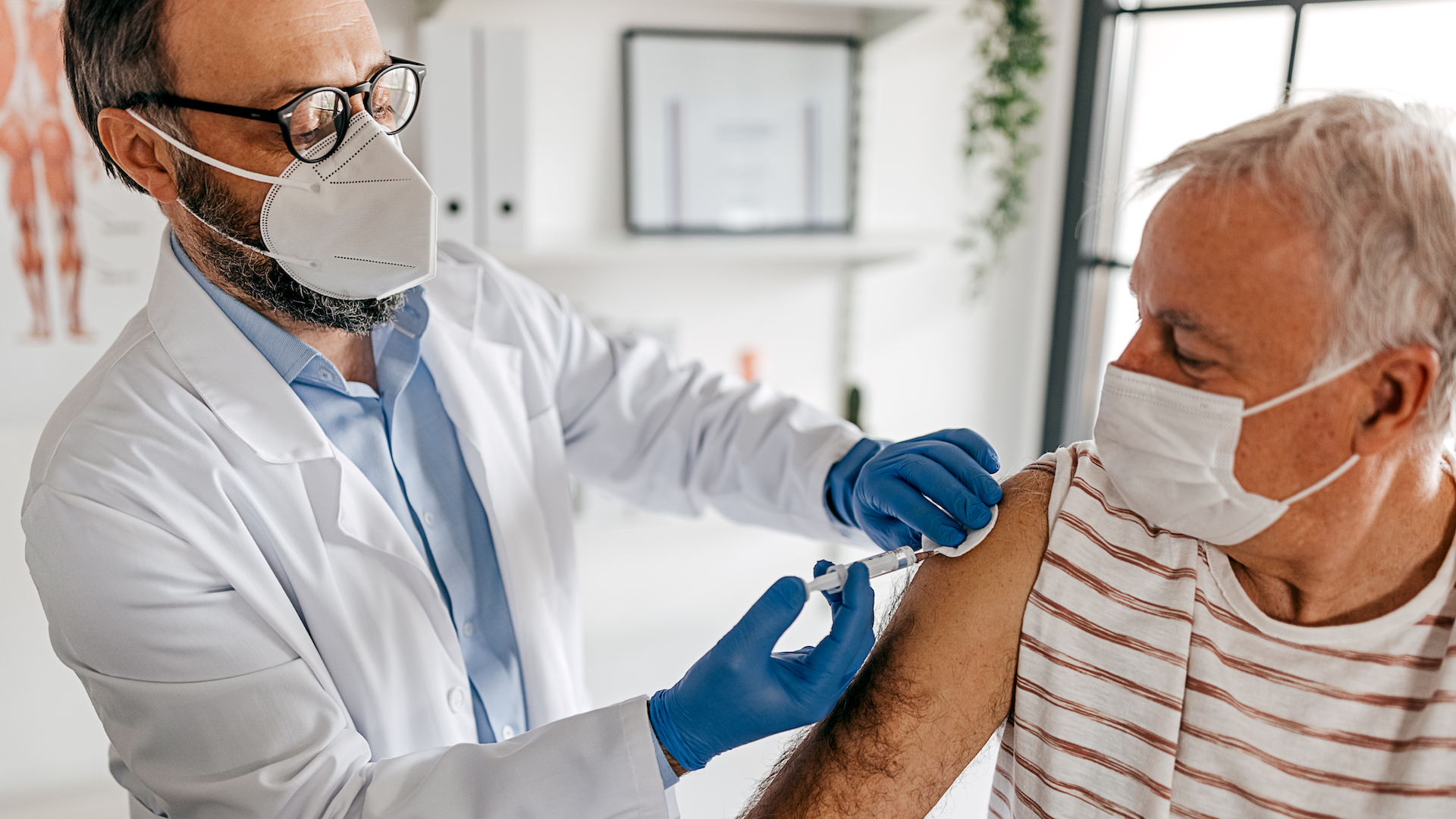
The imaging of vanishingly tiny structures created by the foot-and-mouth disease virus could one day help scientists develop new treatments for infected animals.
In a new study published today, biologists from Leeds in collaboration with colleagues at the MRC-University of Glasgow Centre for Virus Research observed the interaction between components of the virus in test tube experiments under bio-secure conditions.
The resulting images revealed the formation of tube-like structures called fibrils which emerged when the components were mixed in vitro and began to replicate.
But when the proteins were manipulated to prevent the virus genome from replicating, the fibrils did not form.
The scientists behind the discovery concluded that these fibrils could play a key role in the virus’s ability to replicate, a highly complex process that is not fully understood.
The findings could lead to further developments in treatments for diseases caused by the virus.
Senior author Dr. Eleni-Anna Loundras, currently a post-doctoral researcher at the Pirbright Institute, carried out the research as part of her Ph.D. in Molecular and Cellular Biology in Leeds’s Faculty of Biological Science.
She said, “These significant findings shed light on the key molecular interactions and dynamics involved within these complicated viral replication complexes, which we still have much to learn about.
“This exciting model has helped us to observe regions that could be of interest to target for antiviral treatment.”
Powerful microscopy
In test-tube experiments, the researchers took foot-and-mouth disease virus proteins and observed the interactions under powerful electron microscopes at Leeds’s Astbury Centre and the MRC-University of Glasgow Centre for Virus Research. They created high-resolution images to visualize and model the fibril structures.
Preventing the replication of the virus through protein manipulation also stopped the production of fibrils, suggesting these structures play a key role in virus reproduction.
Dr. Loundras said, “Our research indicates that these fibrils have a function in viral replication in lab experiments, but we don’t yet know how important they are in a living cell. Further research into the function of these structures will be possible in years to come, as imaging technology improves.”
Research supervisor Nicola Stonehouse, Professor of Molecular Biology in Leeds’s School of Molecular and Cellular Biology, said, “The paper is the result of a really enjoyable collaboration between Leeds and Glasgow, and shows the impact of ‘team science.'”
More information: Eleni-Anna Loundras et al, Higher-order structures of the foot-and-mouth disease virus RNA-dependent RNA polymerase required for genome replication, Communications Biology (2022). DOI: 10.1038/s42003-021-02989-z
Citation: Fibril activity may be key to a better understanding of foot-and-mouth disease (2022, January 17) retrieved 30 January 2022 from https://phys.org/news/2022-01-fibril-key-foot-and-mouth-disease.html
This document is subject to copyright. Apart from any fair dealing for the purpose of private study or research, no part may be reproduced without the written permission. The content is provided for information purposes only.
Note: This article have been indexed to our site. We do not claim legitimacy, ownership or copyright of any of the content above. To see the article at original source Click Here












